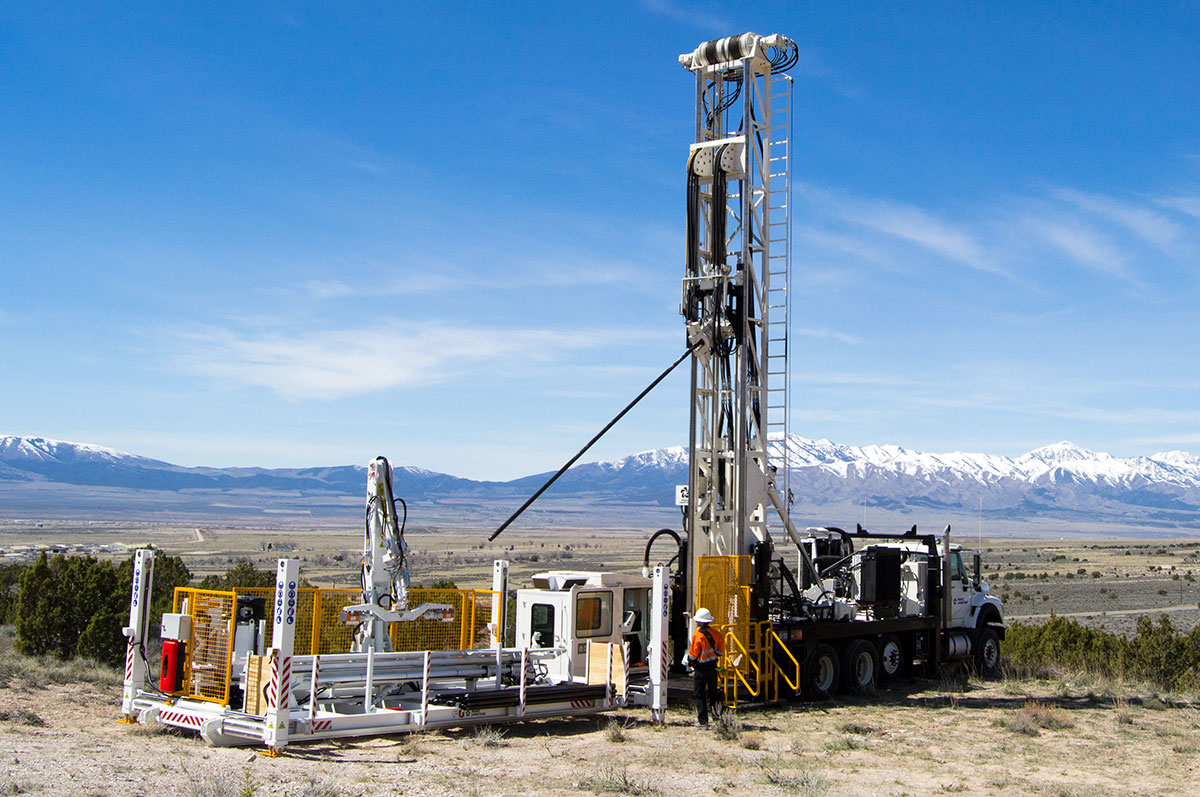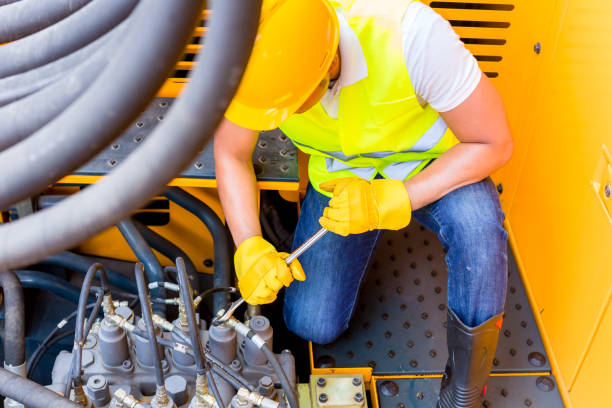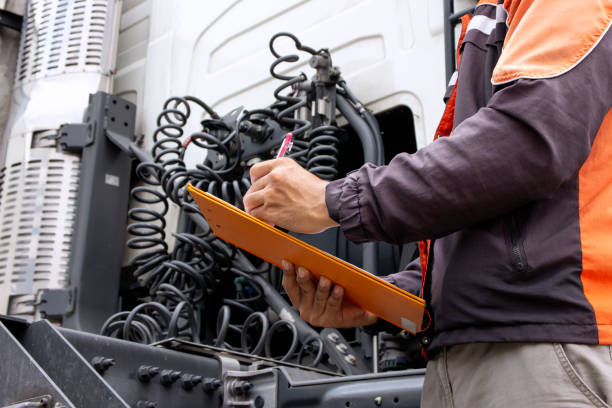In today’s drilling business, drill rigs and equipment are key factors in bagging drilling bids and contracts and getting optimum results and higher profitability.
Every drilling rig has its purpose, strength, and limitations. This equipment can be used in various applications, such as drilling a well to access natural resources, building foundations, construction and development, taking samples from the ground, etc.
Investing in new drill rig sales Australia entails many variables and factors to consider to get the right equipment to meet your drilling needs today and in the near future.
The two most important questions that drilling companies must answer are, “Will this rig deliver an amazing performance and a high return on investment? Or will it cost more in the long run due to certain inefficiencies?
To answer these questions and make the best choice, we shall review and examine the qualities and the things to consider when choosing drilling rigs for sale in Australia.
How to Choose the Right Drill Rig Sales Australia
Determine the Use and the Type of Terrain
The first step of choosing the right drilling equipment is to determine the usage of the equipment, will it be used for geotechnical, exploration, geothermal, well drilling, or earthing.
For instance, auger and sonic drill are two of the most effective techniques to go for core sampling. While for geotechnical operations, the maneuverability of the equipment matters. If you are working a lot along the highway, then truck-mounted rigs are the most practical to use
Determining the use of the rig is critical to the overall performance and business productivity. There are a lot of reliable drill rig companies and renowned manufacturers of drilling equipment that offer a wide range of quality equipment for various drilling operations.
Next is to determine the environment or terrain the rig will mainly operate on. Since every site condition is unique, choosing the appropriate drill rig that could withstand and efficiently operate on a particular site formation is highly significant.
Speed, Reliability, and Availability of Parts and Service
Other features to consider when purchasing a drilling rig are the speed and reliability of the rig and the availability of parts and services for the rig.
Risking the reliability of the equipment is not a good choice, as for drillers and clients, speed is everything. Falling behind on production affects the entire project resulting in large-scale damages.
Space and Safety
Space is also an important aspect to keep in mind when tracking down the qualities of the drilling rig. The drill rig must be able to fit into and function in the space in need of drilling services.
There must be a careful consideration of whether a truck or track-mounted is needed to go through a given site, and sizing the rods based on overhead clearance is vital.
Purchasing a new rig is ideal because some job sites are often rife with hazards, and it is necessary to avoid them. Older or used rigs usually fail to meet the latest safety inspection standards. So keeping the equipment updated is highly recommended, or you may risk not being able to drill onsite.
The qualities to look for in a drill rig to maintain operational safety include cages around the rods that spin in the top head and hands-free rod loading functions.
Conclusion
Every driller must realize that their choice of drilling equipment is a critical decision that will impact their drilling performance.
They must also remember that no multipurpose drilling rig can transcend all types of drilling markets, soils, and depths.
Finding the right drilling rig and choosing the best buying option are significant steps in building a strong drilling business.
And finally, it always boils down to what’s most practical for the driller’s wallet, the type of drilling job and the geology of every site operation.












